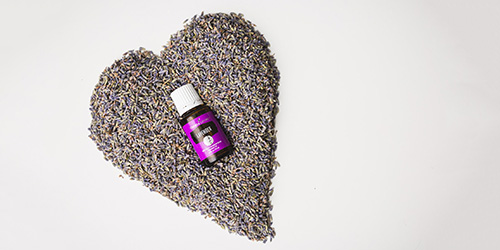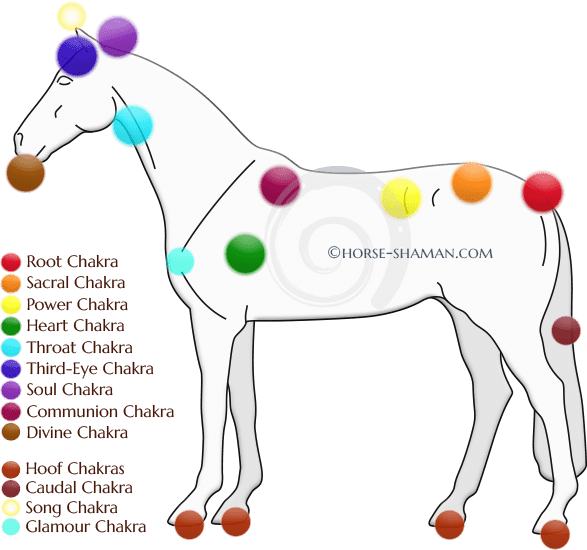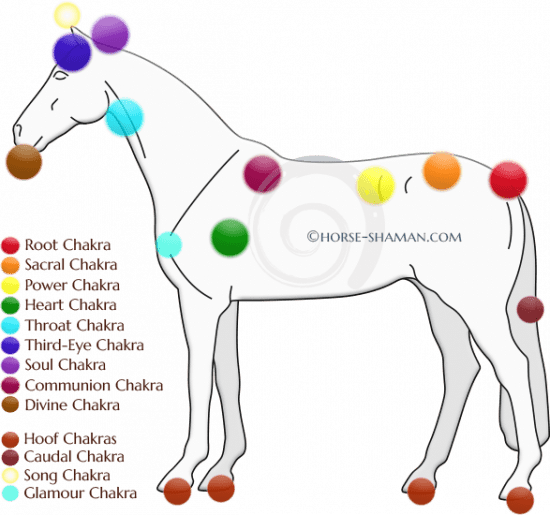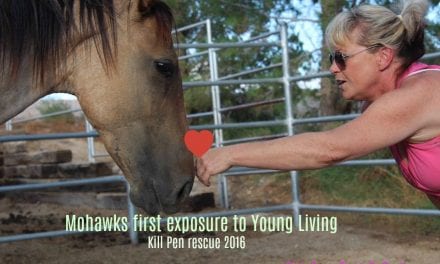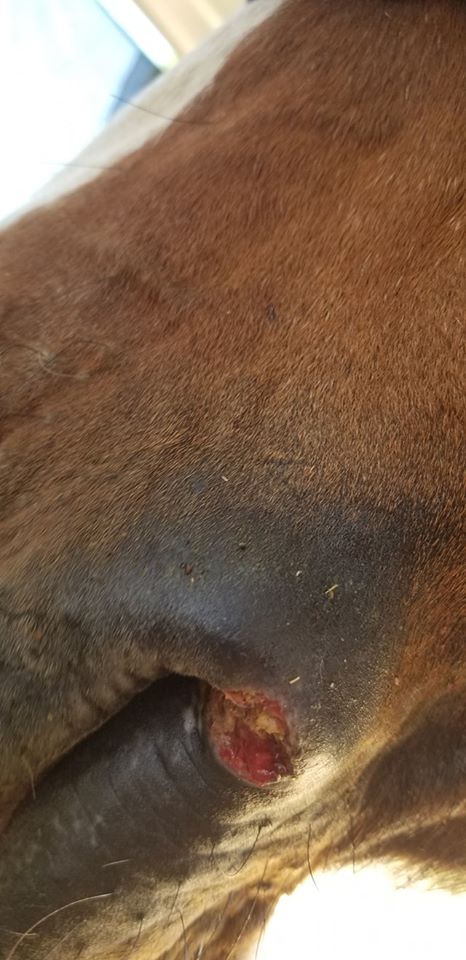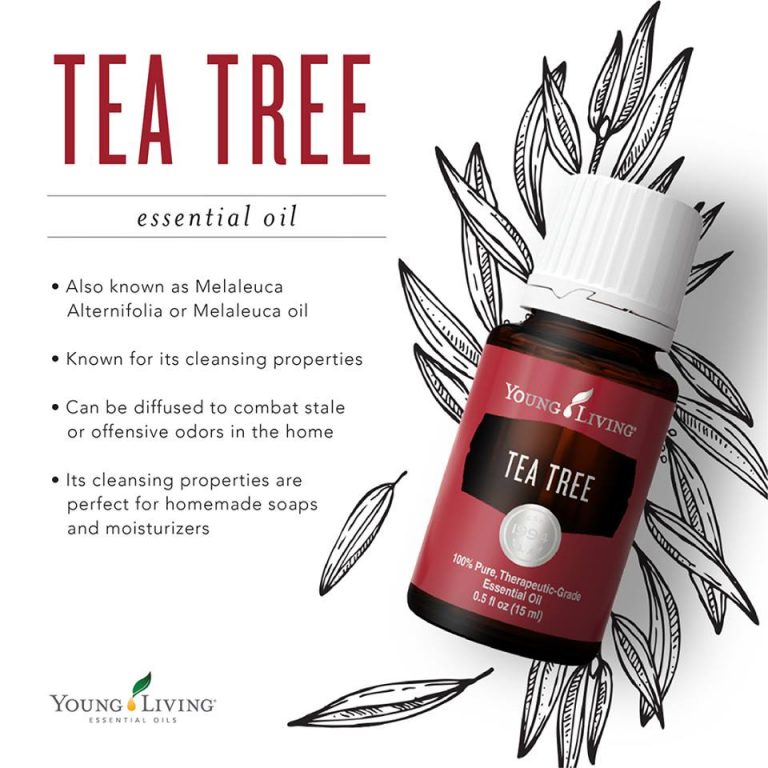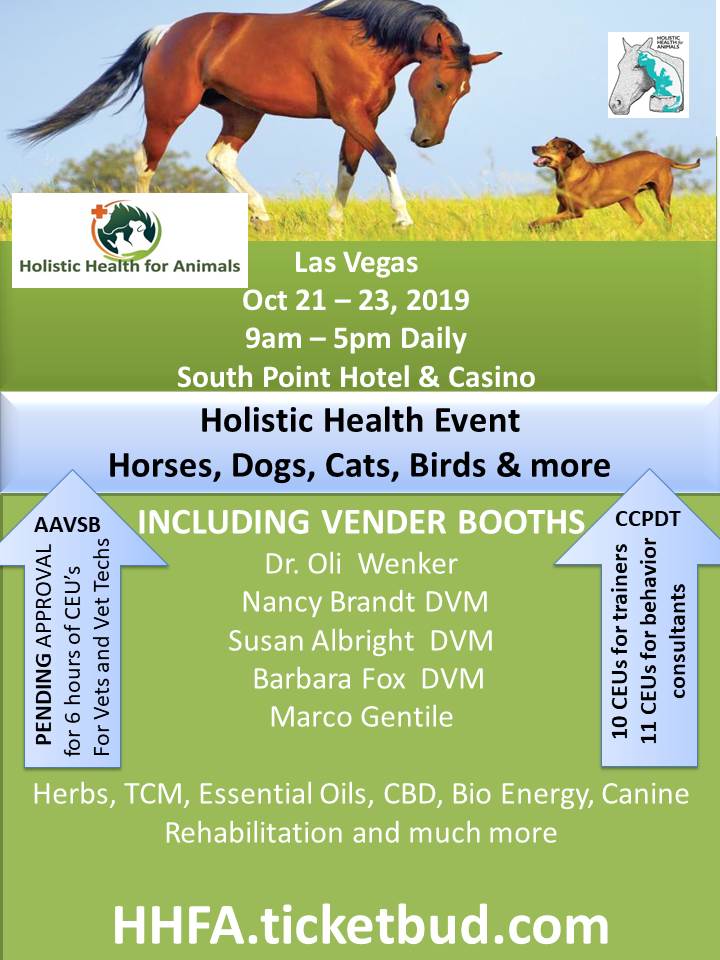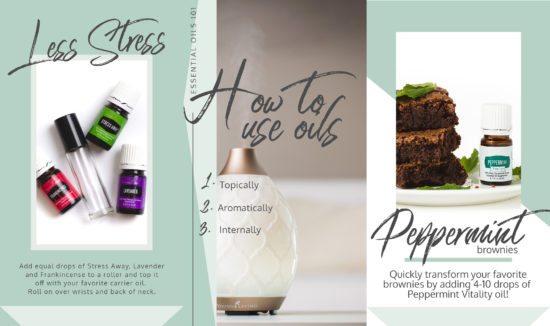As I am starting to study Chakras and especially how to combine them with essential oils, I came across this amazing series on Equine Chakras! You can bet I will be learning everything I can from her
https://oily.life/katscorneressentiallysimple
Equine Chakras: Part 1
Getting to the Root of Pain & Behavioral Problems in Horses
Chakras have become a buzzword in holistic health, as they are an accessible introduction to the energetic world. Most people now believe that “opening” the chakras is beneficial for spiritual health, and a “closed” chakra is tantamount to spiritual sin (hint: that’s not how it works). Those who have studied the chakras through alternative medicine or energy work may understand their larger influences on the body and energy, but may not be aware of the underlying source of the problems – and how to fix them. So when I tell someone during a healing that their horse’s heart chakra is severely contracted, for example, the response I usually receive is, “That’s so sad!” And I agree, it is sad. But as a shaman and a rider, I’m also aware that the consequences of this energetic imbalance are far greater than a pitiable history of emotional trauma; the horse’s movement, breathing, heart health, and fitness are all impacted, and the horse may even be dangerous to ride. These concerns are more pressing than the grief we might feel for the horse ending up in such a state. The severity of such an imbalance means that management changes are required to ensure the safety of the animal and handlers.
Not all imbalances are so severe, of course, but connecting the dots between energetic and physical health helps establish a holistic perspective about our relationship with our horses. When we understand why the horse is out of balance, we then have the tools to help restore it. That’s where an overview of the horse’s chakras and energy system can benefit horse owners, as it helps put in pieces of the larger puzzle that is the horse’s wellbeing.
Understanding the Chakras
To better understand the chakras, we should really think of them more as energy centers instead of anything mystical, as this is a more appropriate description for their role in the horse’s wellbeing. Energy centers bring in new energy and release the old, much like the heart refreshes and cleanses blood. These key hubs distribute energy throughout the field, just as the heart pumps blood throughout arteries and veins around the body. Any blockages or flow reductions in the energy centers result in dramatic effects on the individual, just as clogged arteries or clots create a devastating impact on the body. When contracted or misshapen, energy centers are unable to flow at optimum rates, resulting in areas of disconnection and withdrawal throughout the field – the same way a blocked heart cannot properly send blood through the body.
Though it’s natural to assume that physical imbalances are more urgent than energetic imbalances, there is no difference between them. Bodies are quite literally made of energy. There’s no separation or different plane or spiritual division of any sort; the physical is merely denser energy, vibrating at a slower rate such that we perceive it as solid and three-dimensional. However, we all begin and end energetically, meaning that what ever happens to our energy system has a direct, “real” impact on our physical form, because our physical form IS energy. Thus, in the context of health and wellbeing, the energetic imbalance is the underlying source of physical problems. To restore health and heal the body, we must heal the energetic wound that created the physical result.
Physical imbalances are our indicators of energetic imbalances, and there’s great purpose for such developments. These physical manifestations draw our attention and awareness to imbalances so that we can restore wellbeing. At their root, health problems offer a road map so that we can course-correct back into balance. With this in mind, an understanding of the energy centers and their corresponding physical areas offers tremendous insight into the life and makeup of our equine partners. We can use this information to help restore their wellbeing as well as our own.
The equine energy system possesses similarities to the human energy system in that the seven major “human” chakras are present in the horse, as well. However, there are a few distinct differences, as the horse has nine major chakras (two that humans do not possess) and a multitude of minor energy centers. Such differences are due to the ways that horses relate to their environments and each other, as so much of their makeup is driven by instinct and external balancing. Fiona, guru horse extraordinaire, contributed to this article to ensure that this overview of the equine chakras is in alignment with how horses perceive them.
1. Root Chakra
LOCATION: Dock/base of tail
OTHER NAMES: Base chakra
ENERGETIC SIGNIFICANCE: Represents all of the physical experience from the body to the outside world. This is where the individual’s reality is interpreted. The root chakra is also the center of grounding and connection to planet Earth. This energy center maintains balance over daily life, instincts, autonomous bodily function, shelter, and primal survival mechanisms.
AREAS OF THE HORSE: Caudal vertebrae (tail), hip joints (“point of buttock,” not the “point of hip”), sex organs, lower legs from the knees and hocks down, rectum, skin, coat, mane and tail, hooves, bone (overall quality and condition).
COMMON CAUSES OF BLOCKAGES: Unsafe living situations, physical threats from environment or people, traumatic bodily accidents or experiences, trauma while in the womb, anything that causes the horse to feel that the world around him or her isn’t safe.
PHYSICAL IMBALANCES: Hip issues and misalignment, skin conditions, bone deficiencies and erosion, inability to relax, primal fear responses, insomnia or fear of sleeping, hair loss, some allergies, insect-related issues, worms, rain rot, mud fever/scratches, hives, melanomas, dummy foals, biting or nipping, withdrawal from body (“the lights are on, but no one’s home”).
RECOMMENDATIONS: Horses with root chakra imbalances are more impacted by their surroundings than those with healthy energy centers. Safe, comfortable living situations with trustworthy equine friends are essential. Creating a comfortable place to sleep with deep bedding or soft sand is of primary importance, as it will significantly impact other health and handling issues. Monitor the horse to see if s/he prefers to sleep in a stall or outside and improve conditions accordingly. Some horses will not sleep around other horses, and others will only sleep around other horses. Some horses do better with ambient light, while others are more comfortable in darkness. Plenty of turnout will help the imbalanced root chakra horse with grounding, though some horses may be so imbalanced that they are uncomfortable outside. Acclimating them to turnout with grounded companions may help restore these energy centers through the herd mentality.
In training and handling, use positive reinforcement and avoid any threatening behavior or methods. Build confidence for these horses by using the comforting presence of other equines in your training; avoid isolating a horse with an imbalanced root chakra. Trying to force such an animal to “get over it” or “learn to be on your own” will reinforce the feeling that his or her environment is unsafe, and will cause the horse to either shut down or develop internal stress responses like ulcers. Correctly managed, these horses may slowly be brought back into balance by changing their associations with their environment and the humans and horses therein. Grounded, soothing handlers are ideal for these horses, as they may learn to find solace in trustworthy companions.
In severe cases, where the imbalance is such that the horse does not relate well to other horses or is unable to relax outside, healing may be necessary to facilitate the process. This type of horse may have “inverted instincts” which lead him or her astray from health and safety.
2. Sacral Chakra
LOCATION: SI (sacroilliac) joint
ENERGETIC SIGNIFICANCE: The sacral energy center hosts the energetic balance of family, friendship, tribe, individual significance (“I matter in the world”), sexual energy, and reproduction. Much of the horse’s behavior and innate nature, particularly temperament, are derived from this energy center due to the significance of these primal motivations. The sacral chakra also manages the individual’s ability to feel, the intensity of his or her reactions, and his or her ability to have sovereign thought/opinions; it is the gateway of sentience.
AREAS OF THE HORSE: Sacrum, SI, pelvis, stifles, reproductive organs, kidneys, adrenal glands, cecum, large and small colon, and internal hind end structures.
COMMON CAUSES OF BLOCKAGES: Being treated as a machine without thoughts or feelings, suppression of horse’s innate rights as a living being, erasure of individuality, living in a stall,* early weaning or orphanage, overbreeding, forced breeding, loss of a foal, castration as a punishment, stigma against mares, treating mares as “a pair of ovaries.”
PHYSICAL IMBALANCES: Misalignment or inflammation in pelvis, sacrum, or SI (some combination of which is the single most common cause of pain in a horse, present in about 95% of horses I encounter), hunter’s bump, stifle problems, hind gut ulcers, painful or difficult heat cycles, spookiness or sensitivity related to hormones and other hormonal issues, ovarian cysts or growths, fertility issues, miscarriage/aborted foals, stallions with breeding difficulties, aggressively studdish behavior from either sex.
RECOMMENDATIONS: Due the relationship between our species, every domesticated horse has sacral chakra imbalances to some degree. Even horses who have been treated as partners and individuals since day one have genetically inherited sacral imbalances as a result of the domestication process. These imbalances are the fundamental damage from objectification rather than existing as a sentient individual. This region carries the buildup of trauma to the horse’s “spirit.”
Most equine problem behaviors, like bucking, bolting, balking, spooking, refusing, rushing, and meltdowns, stem from imbalances in the sacral energy center and their physical manifestations. The solution always begins with listening to the horse to find the underlying issue. Almost all of these problems are pain-related and require some degree of intervention.
Training and management are key to rebalancing sacral energy. Good management practices include investigating and addressing all pain issues plus regular bodywork to ensure correct physical alignment for all under saddle activities. Socialization and regular turnout as close to a herd scenario as possible will help restore familial and “tribal” bonds.
Most importantly, shifting our perspectives to see and hear each horse as a unique living being with thoughts and feelings is essential. Changing our relationship with horses from property and usefulness to partnership with sentient individuals who have lives of their own is vital to restoring sacral chakra balance. This shift doesn’t mean anthropomorphizing horses or treating them the same as humans, but it does mean honoring that each horse has a life, needs, and desires outside of our time together, and that this individuality is acknowledged and present in the relationship. Considering our horses as we do our friends honors this individuality.
3. Power Chakra
LOCATION: Last rib
OTHER NAMES: Solar plexus chakra
ENERGETIC SIGNIFICANCE: This chakra is the power center of the individual. It hosts personal power, will, sense of self, perception of self, external sovereignty (control over what you do in the world), purpose and role, and motivation. This energy center impacts the horse’s preferences and way of living. It also creates the horse’s perspective about the people in his or her life and how he or she perceives horse-human interactions.
AREAS OF THE HORSE: Ribs, lumbar spine, loin, LS (lumbosacral) joint, spleen, intestines, stomach, liver, pancreas.
COMMON CAUSES OF BLOCKAGES: Human mastery over the horse that leaves him/her feeling powerless and lacking choice, forced or coerced performance, use of pain as a form of control, riding that the horse does not enjoy, confinement or living in a stall,* being sold, the breaking/starting under saddle process, excessive force in any situation, being pushed up the levels too quickly, use of restraining “gadgets” (draw reins, etc), use of bits, whips, chains, or spurs as a coercion for obedience.
PHYSICAL IMBALANCES: Gastric ulcers, colic, back pain, fused or compromised lumber spine, misaligned or painful ribs, lethargy or excessive energy, poor digestion, PSSM/EPSM, toxins and toxicity, the desire to eat toxic plants.
RECOMMENDATIONS: The prevalence of ulcers and colic demonstrates just how common power chakra imbalances are in the horse world. Nearly every horse is imbalanced in this energy center, as that is the natural consequence of being bent to the will of another. Most physical manifestations of third chakra imbalances are hidden internally, so extra care must be taken to listen to the horse and cultivate awareness for possible problems. Horses who become severely imbalanced in their power center may experience violent colics leading to death, which is a subconscious form of equine suicide.
The primary way to help rebalance a horse with power chakra issues is to shift the owner’s perspective about the horse-human relationship. Most equestrians are educated in an antiquated, “make him do it” way that typically involves force. They are taught that any refusal from the horse is an assertion of dominance, and that the horse must learn to obey no matter what or s/he is being disrespectful. Nothing could be further from the truth. Horses are happy to comply with any request they 1) understand, 2) are physically able to do, 3) does not cause them duress. Slowing down the training process, using better horsemanship and positive training methods, learning to recognize pain, building trust and friendship with the horse, and taking the time to understand the reasons for any refusal to perform will all help shift the relationship to a partnership. Honoring that the horse has a reason for saying “no” is the first step. Studies are showing what horses have expressed all along: they do not operate on a hierarchy. Relationships are developed through wisdom and trust on an individual basis. Using this ethos as a guiding star, learning to listen to our horses, and following the Pillars of Consent will help develop true partnerships.
Good management also plays an important role in the balance of the horse’s third chakra. Plenty of turnout time is key for most horses, as confinement is exceedingly difficult for an animal who is evolutionarily-designed to roam for miles a day. Selecting appropriate careers, competitions, instructors and handlers are necessary to create a positive association with humans and riding as part of balancing this energy center.
* Living in a stall for extended periods of time or worse, 24/7, impacts both the sacral and power centers. The sacral chakra is affected by the lack of respect for the nature of the animal/individual, and the power chakra is affected by the captivity/lack of freedom element. The degree to which this practice unbalances the individual depends on his or her makeup.

